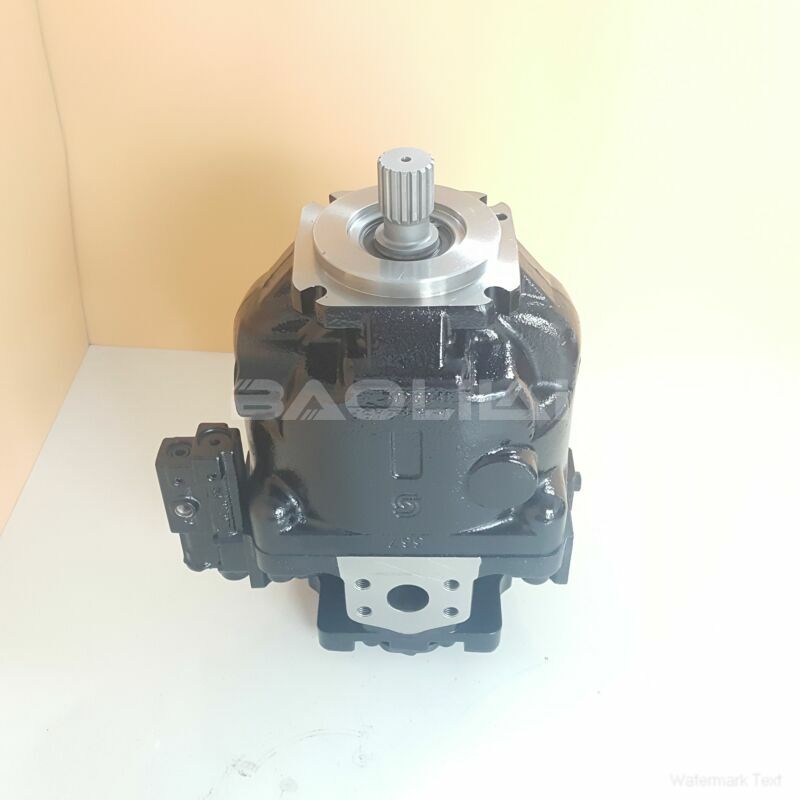ERR100BBS3112NNN3S1NPA1NAAANNNNNN piston pump
ERR100BBS3112NNN3S1NPA1NAAANNNNNN piston pump

- Product Details
- Applicable Scene
Another common issue affecting hydraulic pump performance is cavitation. This phenomenon occurs when the local pressure in the fluid drops below its vapor pressure, causing the formation of vapor bubbles, which can lead to damaging shock waves as the bubbles collapse. To prevent cavitation, it is important to maintain adequate fluid levels and ensure that pump inlet conditions are optimal. Designing the system to have a sufficient net positive suction head (NPSH) will help reduce the risk of cavitation.
ER-R-100B-BS-31-12-NN-N-3-S1NP-A1N-AAA-NNN-NNN
ERR100BBS3112NNN3S1NPA1NAAANNNNNN
Additionally, operational parameters such as temperature should be monitored closely. High temperatures can degrade hydraulic fluid and increase wear on pump components. Maintaining fluid at the recommended temperature range through appropriate cooling systems can enhance performance and longevity.

83001353
Finally, it is essential to ensure proper alignment and mounting of the hydraulic pump and related equipment. Misalignments can lead to increased stress on pump components, resulting in premature failure and performance loss. Routine alignment checks and corrections can help maintain optimal operation and prevent performance issues.
In conclusion, addressing hydraulic pump performance loss in high-pressure fluid circulation systems requires a comprehensive approach that includes regular maintenance, fluid contamination management, pressure monitoring, cavitation prevention, temperature control, and alignment checks. By implementing these strategies, operators can significantly improve the reliability and efficiency of their hydraulic systems, ensuring they operate at peak performance.





